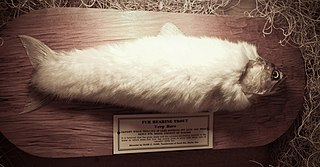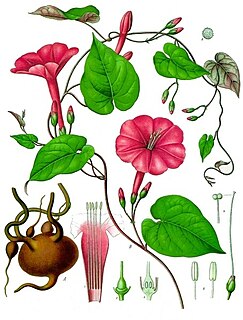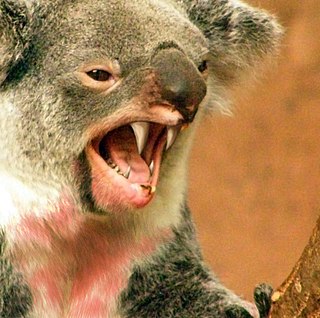Malta
- Gran Castello Historic House, formerly the Folklore Museum
The Folklore Museum is a generic title for a museum of social history, and less often of folklore in the mythic sense. There are many around the world.

Folklore is the expression body of culture shared by a particular group of people; it encompasses the traditions common to that culture, subculture or group. These include oral traditions such as tales, proverbs and jokes. They include material culture, ranging from traditional building styles to handmade toys common to the group. Folklore also includes customary lore, taking actions for folk beliefs, the forms and rituals of celebrations such as Christmas and weddings, folk dances and initiation rites. Each one of these, either singly or in combination, is considered a folklore artifact. Just as essential as the form, folklore also encompasses the transmission of these artifacts from one region to another or from one generation to the next. Folklore is not something one can typically gain in a formal school curriculum or study in the fine arts. Instead, these traditions are passed along informally from one individual to another either through verbal instruction or demonstration. The academic study of folklore is called folklore studies or folkloristics, and it can be explored at undergraduate, graduate and Ph.D. levels.
Italian may refer to:
Selma may refer to:
Sasquatch is another name for Bigfoot, an ape-like creature of North American folklore.
Romanian may refer to:
Alp may refer to:
AL, Al or al may stand for:

The fur-bearing trout is a legendary creature purportedly found in American folklore and Icelandic folklore. According to folklore, the trout has created a thick coat of fur to maintain its body heat. Tales of furry fish date to the 17th-century and later the "shaggy trout" of Iceland. The earliest known American publication dates from a 1929 Montana Wildlife magazine article by J.H. Hicken. A taxidermy furry trout produced by Ross C. Jobe is a specimen at the Royal Museum of Scotland; it is a trout with white rabbit fur "ingeniously" attached.
Albin may refer to:
A folktale or folk tale is a folklore genre that typically consists of a story passed down from generation to generation orally.

John the Conqueror, also known as High John de Conqueror, John, Jack, and many other folk variants, is a folk hero from African-American folklore. He is associated with a certain root, the John the Conqueror root or John the Conqueroo, to which magical powers are ascribed in American folklore, especially among the hoodoo tradition of folk magic. Muddy Waters mentions him as Johnny Cocheroo in the songs "Mannish Boy" and "I'm Your Hoochie Coochie Man". In "Mannish Boy", the line is "I think I'll go down/To old Kansas too/I'm gonna bring back my second cousin/That little Johnny Conqueroo" and in "I'm Your Hoochie Coochie Man", it is called "John De Conquer Blue".
Nikita may refer to:
Zara may refer to:
Reptilian may refer to:
Folklore is a body of expressive culture shared by a particular group of people.

The drop bear, assigned the fictional scientific name Thylarctos plummetus, is a hoax in contemporary Australian folklore featuring a predatory, carnivorous version of the koala. This imaginary animal is commonly spoken about in tall tales designed to scare tourists. While koalas are typically docile herbivores, drop bears are described as unusually large and vicious marsupials that inhabit treetops and attack unsuspecting people that walk beneath them by dropping onto their heads from above.
Dwarf or dwarves may refer to:
Hyglac is an early Germanic personal name, known through northern Europe, Scandinavia and Anglo-Saxon England. It derives from Proto-Germanic *Hugilaikaz, from *hugjaną "courage" + -laikaz ("ritual").
Elatia may refer to:

Ethel Rudkin was an English writer, historian, archaeologist and folklorist from Lincolnshire. She pioneered the collection of folk material, particularly from Lincolnshire, and her collections are now part of several public institutions, including the North Lincolnshire Museum.